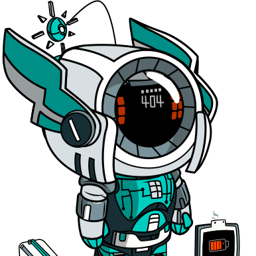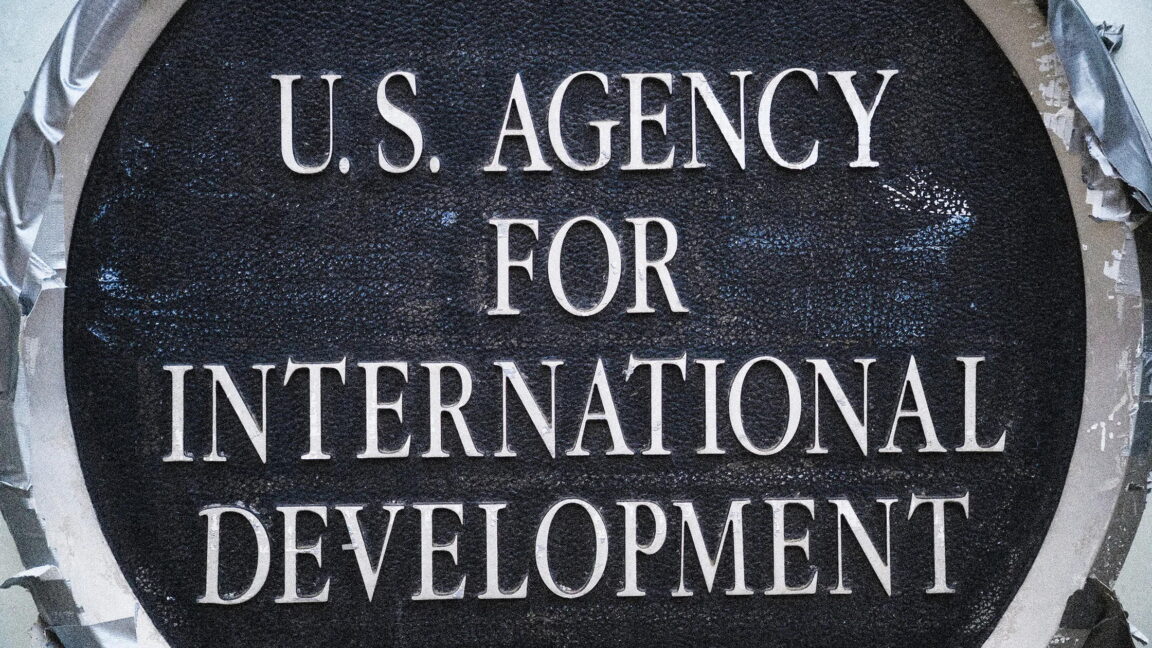AI Summary:
-
Renaming and Restructuring: The Trump administration plans to rename the United States Agency for International Development (USAID) as the US International Humanitarian Assistance (IHA) and place it under the Secretary of State.
-
Use of Blockchain: A memo suggests leveraging blockchain technology in USAID’s procurement process, aiming to enhance security, transparency, and traceability in aid distribution.
-
Criticisms of Blockchain Use:
- Experts argue blockchain often doesn’t offer significant advantages over existing tools for humanitarian work.
- Concerns exist about added burdens and costs for small NGOs using new systems.
-
Examples of Blockchain in Humanitarian Efforts:
- Past projects, such as UNHCR’s pilot for cash assistance in stablecoins, showed some success.
- Critics note limited large-scale use in the sector and question its necessity.
-
Budget and Operational Changes: The proposal emphasizes tying funding to outcomes and results, prompting debates about its feasibility and fairness in dynamic environments like disaster zones.
-
Broader Context: The plan follows prior workforce cuts and criticisms of inefficiency within USAID, drawing mixed reactions from staff and experts.



JFC on a stick. Here’s a few reasons why this is assenine.
10 years ago implementers tried to stick blockchain into everything. It flopped over and over again. It’s simply not practical for 99% of what humanitarian assistance does.
USAID programs and budget and spending was all FOIAable and heavily audited public record. Do you want to see the invoices submitted for all programs in Malawi from 2018? You used to be able to get that. Annual reports showed detailed budgets. Presentations to Congress presented detailed budget documents. Top to bottom this was already more detailed than a blockchain can realistically provide. They broke a system because they couldn’t understand the difference between dense and detailed but visible, and impractical EILI5 level simplicity.
So you put the transactions on a chain. Great. How does that turn into a salary payment for Malawian staff who only have Malawian bank accounts? It doesn’t. So now you have 2 systems. Meaning twice as much opportunity for error and chance for fraud to go unrecognized.
Most developing world fraud is things that look like perfectly reasonable procurements where the terms of the tender are overly specific as to limit who can win a bid (see Oklahoma school bible solicicitation). Blockchains don’t correct for that. That’s all public information in most places, which is why the fraud has to be so clever.